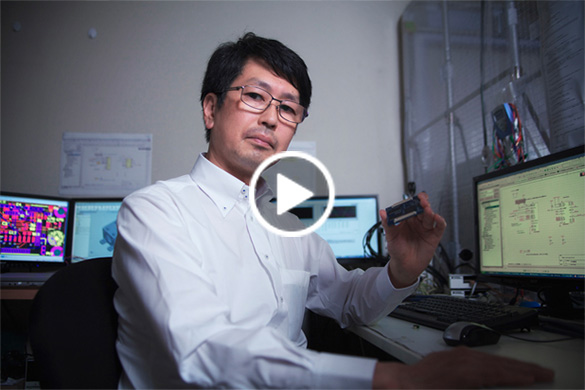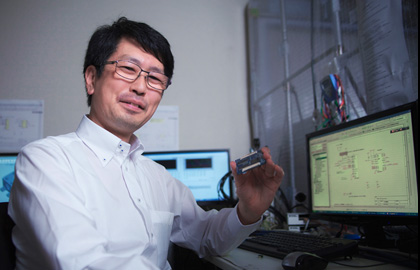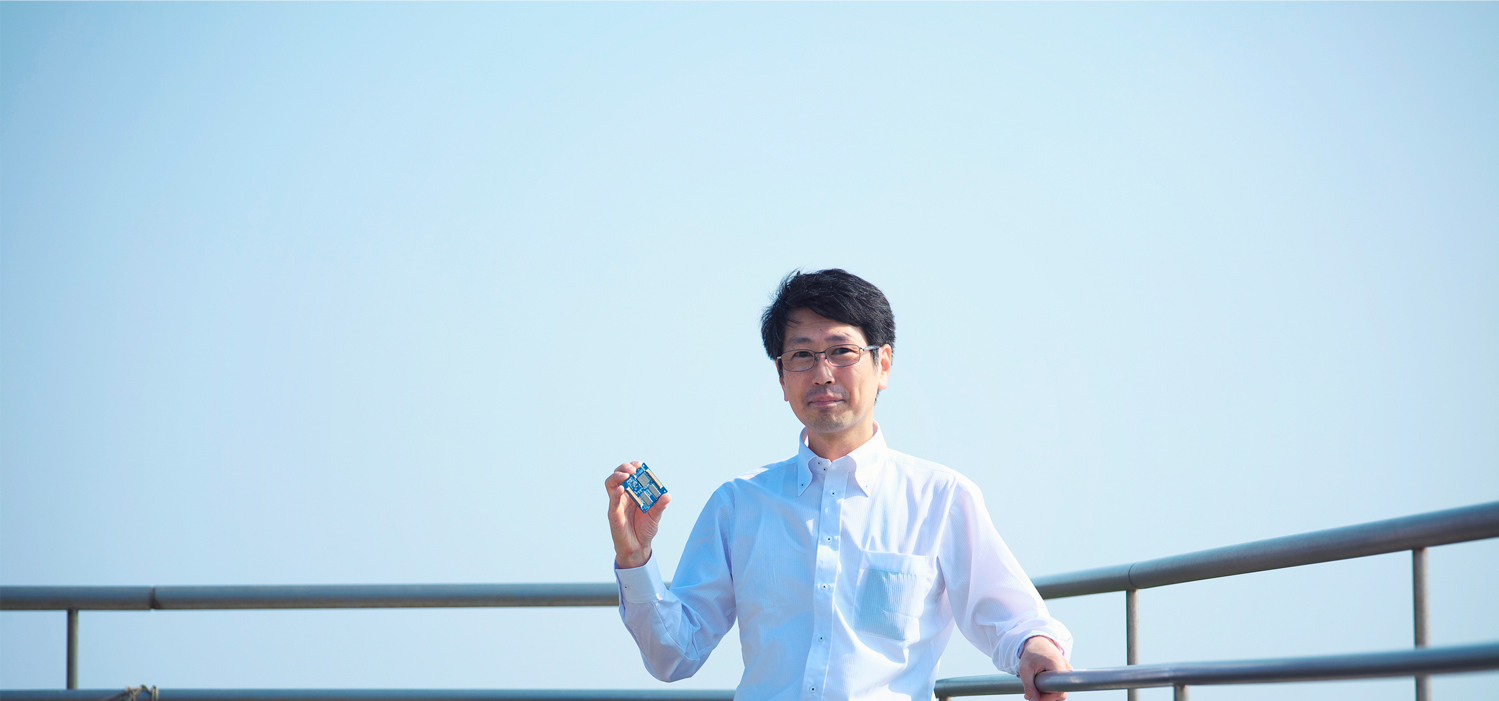-

-
Professor Shinichi Kimura is a man with a mission. In fact, he has many missions under his belt and more on the horizon. A veteran researcher of robotic applications and aerospace engineering, today the overarching objective that drives Kimura is nothing less than developing a robotic satellite to clean up space.
Kimura might be likened to a sheriff bent on bringing safety and a semblance of order to the increasing dangerous debris orbiting earth. He is particularly concerned with the area around the earth that has become dangerously cluttered with man-made debris in recent years as nations and companies have launched more and more satellites into orbit.
-
"The situation is getting more serious and awareness is growing. It has reached a point where the ISS (International Space Station) has to take evasive action very often due to space debris," says Kimura.
Cleaning up the zones where satellites orbit is a daunting task with countless obstacles—some technological, some political and others economic. Still, working at the nexus of intelligent control systems robotics and aerospace, Kimura and his lab are determined to work to create technologies such as robotic satellites that can help to clean up and make space around earth safer. One key to this is creating affordable solutions.
-

The enthusiasm Kimura brings to tackling this challenge is infectious, his approach is nothing if not logical. Putting it in elegantly simple terms, Kimura notes that for a functional satellite robot that can cull junk from space there are three absolute requirements—the equivalent of eyes, brains and hands.
"In low orbits, satellites can only transmit communications in 10 minute bursts and only five times a day. In short, you can't direct them to take action. For a satellite to collect debris, it needs eyes to find the debris, a brain to know to approach it and hands to collect it," he explains.
-


-
Kimura has developed cameras—which decorate his desk like little trophies—for use on several missions into space. The work done by Kimura and his lab has been used on high-profile projects such as the IKAROS (Interplanetary Kite-craft Accelerated by Radiation Of the Sun) experimental spacecraft of Japan Aerospace Exploration Agency (JAXA). This research in turn has helped to pave the way to more affordable technological solutions using commercially available parts, making space technology more accessible, reliable and affordable for universities and corporate ventures. The rigorous testing and ongoing study and application of imaging technology by Kimura and his team have made them a go-to source for many companies and the government.
A similar case in point is his team's recent focus on the "brain" component of a robotic satellite. Collaborating with a company, Kimura and his team have created a processor to control satellites at a fraction of the normal cost and that is compatible with the requisite hardware. This has made waves in the media and been heralded for potential applications beyond satellites including terrestrial robots as well. Kimura has a strong relationship with JAXA, having worked together on past projects, and is currently at work on the camera for the Hayabusa-2 mission that is to launch around 2014 with the goal of surveying an asteroid before returning to earth.
Similarly, Kimura and crew are pushing the envelope when it comes to what he calls the "hands" of space systems. They are developing a modular arm to clear three major problems. First, the modular arms do not break, but rather simply come apart in the event of a collision. Second, modular arms can be easily stored in a small area, which is key in the limited confines of spacecraft. Finally, the arm’s adaptability is guaranteed as it can form various configurations.
It is readily apparent that Kimura feeds off his research. Asked what TUS and his lab in particular has to offer to prospective students, he says with a smile, "It's simply great fun."
With the world becoming increasingly smaller and space the next frontier of mankind, Kimura is eager to see his stable take on students including more exchange students and students from overseas.
"The work and research we do here is a great opportunity to experience and obtain a wide-ranging skill set," Kimura says, adding, "In all areas of our research on space system design—from conducting a requirement analysis, system design or resource allocation to making components, undertaking assembly or doing tests—you learn a broadly applicable set of skills that are the same whether you are talking about satellites, computers or mobile phones. It is a win-win, because the experience is fun and the skills learned useful."



Professor Kimura is a former Senior Researcher at the National Institute of Information and Communications Technology. At the Department of Electrical Engineering of the Faculty of Science and Technology he is leading a research lab focussed in space robotics, autonomous control, space system, and small satellite technologies.
Kimura-lab. > https://www.kimura-lab.net/



